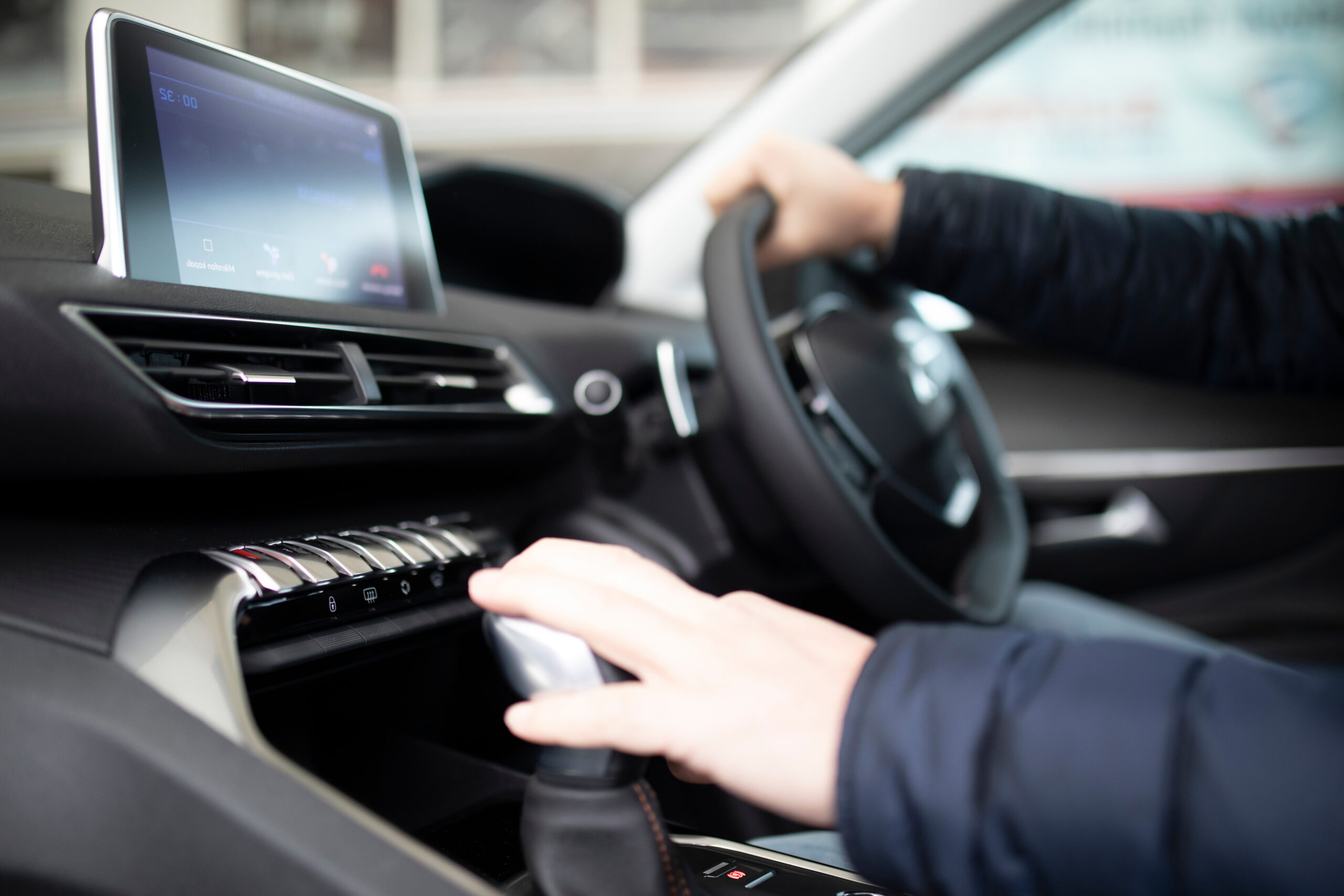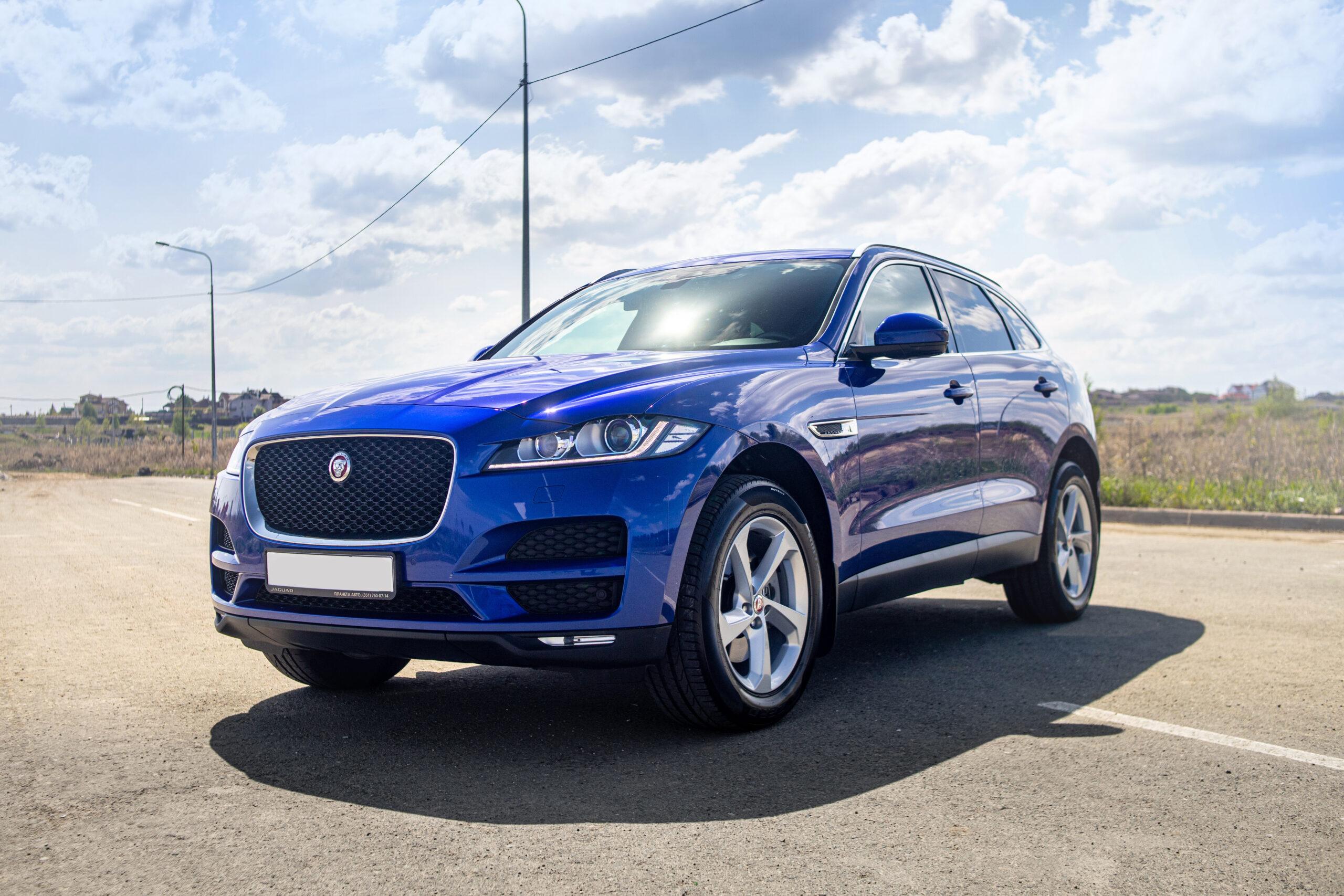
Leasing a Car for Ride-Sharing: What You Need to Know
As the ride-sharing economy continues to grow, more and more drivers are considering leasing a vehicle specifically for this purpose. Whether you’re looking to supplement your income with part-time driving or make it your full-time career, leasing a car for ride-sharing services like Uber or Lyft can be a viable option. However, there are several key considerations to keep in mind before making this decision. This guide will walk you through everything you need to know about leasing a car for ride-sharing, ensuring you make an informed choice that suits your needs.
- Understanding Lease Agreements for Ride-Sharing
When it comes to leasing a car for ride-sharing, not all lease agreements are created equal. Traditional car leases often have restrictions on the vehicle’s use, including prohibiting commercial activities like ride-sharing. This means that before you sign any lease agreement, you must ensure that the contract explicitly allows for ride-sharing use. If the lease does not permit it, you could face penalties or even have your lease terminated.
Some leasing companies offer specialised leases designed for ride-sharing, which provide greater flexibility in terms of mileage and wear-and-tear allowances. These specialised leases recognise the demands that ride-sharing places on a vehicle and are structured to accommodate higher usage levels.
- Mileage Limits and Wear-and-Tear
One of the biggest considerations when leasing a car for ride-sharing is the mileage limit. Most standard leases come with a set mileage allowance, typically ranging from 10,000 to 15,000 miles per year. Exceeding this limit can result in expensive overage fees at the end of your lease term. For ride-sharing drivers who may easily rack up miles, these limits can be a significant concern.
Fortunately, some leasing companies offer high-mileage leases specifically for ride-sharing drivers. These leases come with higher mileage limits, allowing you to drive more without worrying about costly penalties. It’s essential to assess your expected mileage and choose a lease that aligns with your driving habits.
Similarly, wear-and-tear policies in standard leases may not be sufficient for a vehicle used in ride-sharing. The constant use and the variety of passengers can lead to more wear and tear than a typical leased vehicle might experience. Again, ride-sharing-friendly leases often offer more lenient wear-and-tear policies, recognising the vehicle’s heavy use.
- Insurance Considerations
Insurance is another critical factor when leasing a car for ride-sharing. Ride-sharing services typically provide some level of insurance coverage while you are actively driving for them, but this coverage may not extend to periods when you are not logged into the app. You will need to carry your own insurance that meets the lease requirements and covers you during non-ride-sharing periods.
Additionally, the insurance requirements for a leased vehicle used for ride-sharing may be more stringent than those for personal vehicles. You may be required to carry higher levels of liability coverage and additional protections like comprehensive and collision insurance. Be sure to confirm the insurance requirements with both your leasing company and your insurance provider to avoid any lapses in coverage.
- Vehicle Selection
When choosing a vehicle to lease for ride-sharing, it’s important to select a model that is both economical and comfortable. Fuel efficiency is key, as you’ll be spending a lot of time on the road and want to minimise fuel costs. Additionally, a vehicle with a comfortable interior and plenty of space for passengers will lead to better ratings and potentially higher tips.
Consider the costs of maintenance and repairs as well. Some vehicles are more expensive to maintain than others, and these costs can add up quickly if you’re driving a lot. Research the reliability and maintenance costs of any vehicle you’re considering to ensure it will be a cost-effective choice in the long run.
- Financial Considerations
Leasing a car for ride-sharing involves several financial considerations beyond just the monthly lease payment. You’ll need to budget for fuel, insurance, maintenance, and repairs. Additionally, some ride-sharing services charge a fee for using their platform, which will also impact your overall earnings.
Before committing to a lease, it’s important to calculate your expected earnings versus expenses to ensure that driving for a ride-sharing service will be profitable. Consider how many hours you plan to drive, the average fare you expect to earn, and all associated costs. This analysis will help you determine if leasing a car for ride-sharing is financially viable.
- Tax Implications
Driving for a ride-sharing service can have tax implications, especially if you lease a car for this purpose. The good news is that many of the expenses associated with your ride-sharing business, including your lease payments, fuel, maintenance, and insurance, may be tax-deductible.
However, it’s important to keep detailed records of all your expenses and consult with a tax professional to ensure you are correctly reporting your income and claiming all eligible deductions. Understanding the tax implications of leasing a car for ride-sharing can help you maximise your deductions and avoid any issues with the tax authorities.
- Flexibility and Lease Terms
Flexibility is another key consideration when leasing a car for ride-sharing. Some leases come with rigid terms that may not be ideal for ride-sharing drivers, especially if your circumstances change. For instance, if you decide to stop driving for a ride-sharing service before your lease term ends, you may face early termination fees.
Look for leases that offer flexible terms, such as shorter lease periods or options to end the lease early without significant penalties. This flexibility can give you peace of mind, knowing that you can adjust your lease to fit your needs as they evolve.
- Leasing vs. Buying for Ride-Sharing
While this article focuses on leasing a car for ride-sharing, it’s worth briefly considering the alternative: buying a car. Buying a car outright or financing a purchase may be a better option for some drivers, depending on their financial situation and long-term plans.
Owning a car gives you complete control over the vehicle and eliminates concerns about mileage limits or wear-and-tear penalties. However, buying a car requires a larger upfront investment and carries the risk of depreciation. Additionally, if you plan to drive for a ride-sharing service only for a short period, leasing may be more cost-effective.
- Choosing the Right Leasing Company
Not all leasing companies are the same, and finding one that caters to ride-sharing drivers can make a big difference in your experience. Look for leasing companies that offer ride-sharing-friendly lease terms, including higher mileage limits, flexible terms, and lenient wear-and-tear policies.
Additionally, consider the leasing company’s reputation for customer service and support. If you encounter any issues with your lease, having a responsive and helpful leasing company can make the process much smoother.
- Final Thoughts
Leasing a car for ride-sharing can be a great way to enter the ride-sharing economy without the long-term commitment of buying a car. However, it’s important to carefully consider all the factors involved, from lease terms and insurance requirements to vehicle selection and financial implications.
By understanding these considerations and choosing the right lease, you can maximise your earnings and enjoy a positive ride-sharing experience. If you’re ready to explore ride-sharing-friendly lease options, check out our selection of deals designed specifically for ride-sharing drivers. We offer flexible terms, high-mileage allowances, and competitive rates to help you get on the road with confidence.









